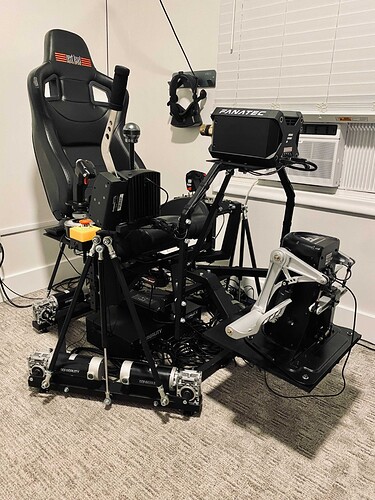It’s been the better part of a year since I did my research and purchasing. So without doing the research again, I’ll be speaking from memory 
First things first, I’m a big guy: 1.95m tall and 120kg. I would imagine that either I am beyond the stated limits of the P6, or that perhaps I read about concerns about its robustness. Either way, this is a fairly niche (but important) consideration for me 
Next, I seem to recall that generally speaking with actuator-based systems, they are noisy … Sorry looking back at the image you posted, I see the P6 isn’t using actuators, but motors - similar to the V3. So here’s a point of me remembering wrong!
But I think I read about the P6 being noisy, and looking at the design, it might make sense that the V3 is quieter. If you imagine that the motors on the V3 are central under the seat, geometrically a relatively small movement in the motor, will cause a reasonably large deflection near the top of the chair (where your chest/head are). On the P6, a relatively large movement of the motor would be required to deflect the rig the same amount … I think. Anyway, if that’s true, then perhaps the P6 motors end up making more noise by going through larger distances.
That’s not to the say the V3 is silent, but it is fairly quiet ¯_(ツ)_/¯
I really don’t mean anything insulting at all from the next bit, but in short, I seem to recall essentially deciding that the P6 is a well spec’d and impressive entry level rig - a bloody good toy. The v3 on the other hand, was more like the cheapest of the ‘professional’ ones.
I would say however, that your are spot on, that the biggest downfall with the ‘seat mover’ is that it’s just that. It can be annoying when getting thrown around, that if you’re not careful, the controls may end up out of reach 





